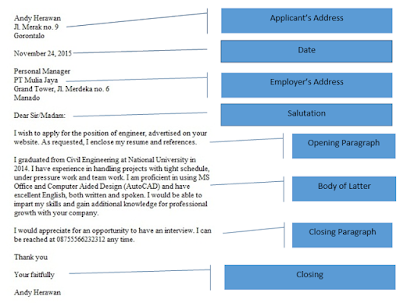Understanding Descriptive Text
Objectives
Recognizing a descriptive text, the characteristics, composition, generic structure, and the choice of words.
Learn about it!
There are many texts you learn in English subject. One of them is a descriptive text. In this lesson, you will learn more about that kind of text.
What is a descriptive text?
Descriptive text is a text that describes the characteristics of a thing, a place, or a person. A descriptive text describes general things. It can be about food, animals, hobby, music, fashion, etc. In a descriptive text, the writer gives facts and opinions about those things. If the text describes a place, it explains why the place is special. If the text describes a person, it can explain about famous people or important people in the writer’s life.
What is the function of a descriptive text?
Descriptive text is to describe a particular person, place or thing. A descriptive text aims to show the reader what something or someone is like. By giving specific information about the object, the writers expects that the readers understand the same thing about the object being described.
What are the characteristics of a descriptive text?
A descriptive text starts with identification. It has general information of that thing of the thing that the text describes. It later gives description, in which there are more explanations about the thing. This is what people usually mean by generic structure.
The generic structure of a descriptive text is: identification and description.As long as there are those two points, a descriptive text can always be done. A descriptive text uses mostly present tense. However, the writer may also use other tenses depends on the needs.
Do you understand?
The examples of descriptive texts
- A descriptive text about a hobby
Riding a bicycle
My hobby is riding a bicycle. I usually go cycling with my high school friend on the weekends. Cycling is very relaxing. It doesn’t hard to do this activity. It gives a lot of fun in doing sport activity. I have a mountain bike, so I can go far to the higher place in my city. I always wear a helmet and gloves. Sometimes I use pads. But, if I just ride my bicycle around the neighborhood, I don’t use all of them. It is important to take care of the bike, so it will last long. I usually check the chains and gear, also the tires. If you drive a car, you should share the road with bicycles, and just like a car, a bicycle also needs to follow the traffic rules.
- A descriptive text about a person
Daniel was born in London on July 23rd, 1989. He is the only child in the family. He is the only child in his family. He has become a very famous actor after his role as the young wizard Harry Potter. He wanted to be an actor since he was five years old, and he said that he wanted to keep continue acting. He also wants to be a director one day. Daniel went to an all boy school. It means there is no girl at there. He loves play pranks on his friend. Just like many people from England, he loves football. He is a fan of Fulham football club. He also likes to watch wresting and formula one racing. He is a big fan of music too. He prefers punk rock.
- A descriptive text about a place
Jurong Bird Park
Jurong Bird Park is one of the most interesting places to visit in Singapore. It is located in Jurong, an industrial area of Singapore. You have to go about twelve kilometers from the center of the city if you want to get there. You can get there by bus or taxi.
It is one of the world’s largest bird parks. There are almost all bird species there, including penguins, parrots, eagles, and ostriches. It has also fun exhibits, interactive shows, and of course, its charming residents. There is a large lake in the park. There is also a restaurant beside it. You have to take about two hours if you want to see all the birds there.














Follow Us
Were this world an endless plain, and by sailing eastward we could for ever reach new distances